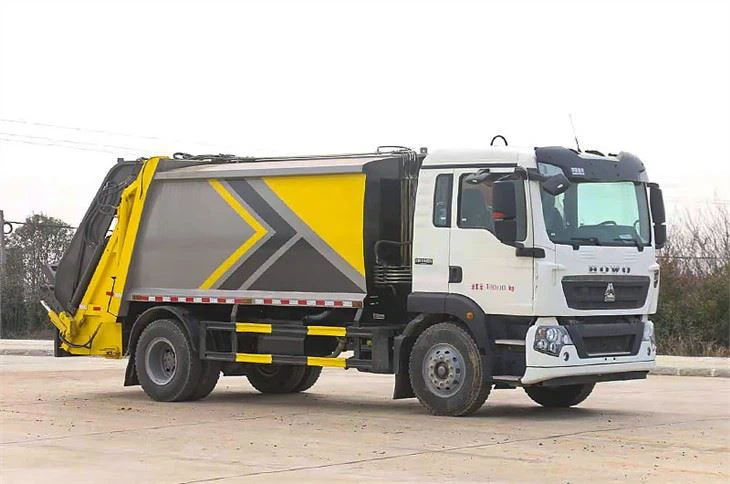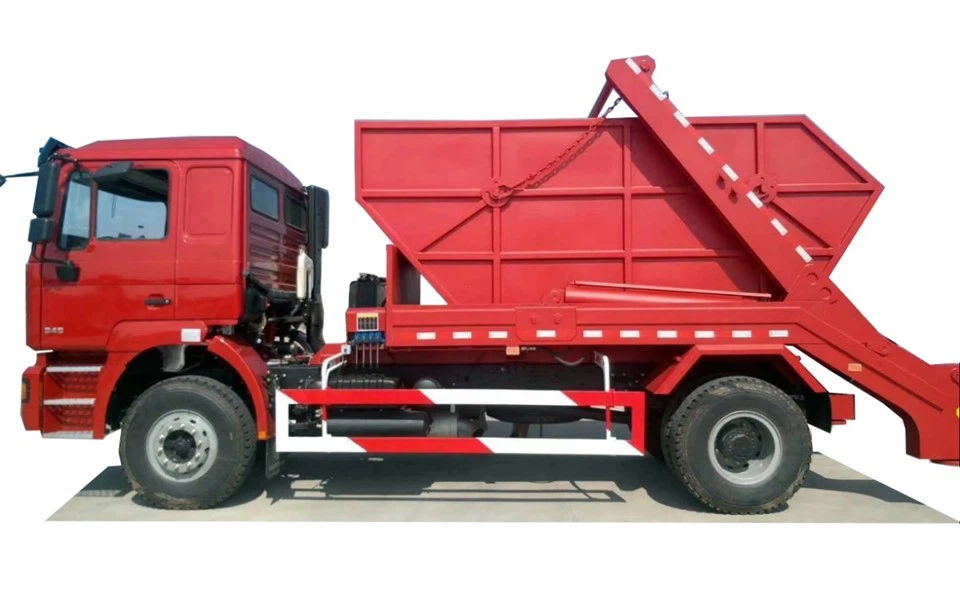Catering Van: The Ultimate Guide to Mobile Catering Success

As the demand for convenient and unique dining experiences continues to rise, catering vans have emerged as a popular solution for food businesses. Catering vans offer flexibility, mobility, and the ability to serve delicious meals at various events without the need for a physical establishment. In this comprehensive guide, we will explore the ins and outs of operating a catering van, from choosing the right vehicle to understanding licensing requirements and marketing strategies.
What is a Catering Van?
A catering van is a specially designed vehicle that allows food vendors to prepare and serve meals on the go. These vans can range from simple setups with basic cooking equipment to fully equipped kitchens on wheels. Catering vans are ideal for events, festivals, corporate gatherings, and private parties, providing a unique way to bring food directly to customers.
Key Features of a Catering Van
- Cooking Equipment: Most catering vans come equipped with essential cooking appliances such as grills, fryers, ovens, and refrigerators.
- Storage Space: Ample storage for ingredients, utensils, and servingware is crucial for efficiency.
- Serving Window: A service window allows customers easy access to place their orders and receive their food.
- Branding Opportunities: The exterior of a catering van can be customized with logos and graphics to promote your brand.
Choosing the Right Catering Van
Choosing the right catering van is one of the most critical decisions for your mobile catering business. Here are some important factors to consider:
1. Size and Layout
The size of your catering van will depend on your menu and equipment needs. When selecting a van, consider both the internal space required for cooking and preparation as well as the external area for customer interactions.
2. Type of Cuisine
Your menu dictates the type of catering van you need. For example, if you plan to serve pizza, you may require a wood-fired oven, while a taco catering van might need a griddle or deep fryer.
3. New vs. Used
Deciding between a new and used catering van involves weighing the pros and cons. While new vans offer modern equipment and warranties, used vans can be more affordable. Always evaluate the condition and equipment of used vans to ensure they meet your needs.
4. Budget Considerations
Establish a budget that includes the cost of the van, equipment, insurance, and renovations. It’s essential to account for both initial expenses and ongoing operational costs.
Licensing and Permits for Catering Vans

Running a catering van requires adherence to local laws and regulations. Here’s what you need to know:
1. Business License
You will need a business license to operate legally. Research the specific requirements in your city or state.
2. Health Department Permits
Food safety is a priority. Obtain the necessary health department permits by passing inspections that ensure your catering van meets safety and hygiene standards.
3. Fire Department Permits
If you have cooking equipment that produces heat, you may need a fire inspection and permit to ensure compliance with safety regulations.
4. Zoning Regulations
Check with local zoning authorities to confirm where you can legally park and sell food from your catering van. Some areas or events may have restrictions.
Equipping Your Catering Van
Equipping your catering van with the right tools and equipment is crucial for efficiency and success. Here’s what you need:
1. Essential Cooking Equipment
Depending on your menu, equip your van with the following:
| Equipment | Purpose |
|---|---|
| Grill | For cooking meats, vegetables, and sandwiches. |
| Fryer | For deep-fried dishes like fries and donuts. |
| Oven | For baked goods, pizza, and other oven-cooked meals. |
| Refrigerator | To store perishable ingredients safely. |
| Prep Table | For preparing ingredients and assembling dishes. |
2. Serving Equipment
In addition to cooking equipment, you’ll also need serving supplies:
- Plates and utensils
- Pans and containers for food storage
- Awnings or tents for outdoor events
- Portable sinks for dishwashing
3. Safety Equipment
Safety equipment is essential for your catering van. Ensure you have:
- Fire extinguisher
- First aid kit
- Food thermometer
Marketing Your Catering Van
To succeed in the competitive catering industry, effective marketing is essential. Here are several strategies to promote your catering van:
1. Build an Online Presence
Create a website and social media profiles to showcase your offerings. Share high-quality photos of your food, updates on menu changes, and information about upcoming events.
2. Leverage Social Media
Platforms like Instagram and Facebook are perfect for reaching your audience. Engage with customers through posts, stories, and live videos showcasing your cooking process.
3. Participate in Local Events

Join food festivals, farmers’ markets, and community events to increase visibility. Bring samples to introduce your food, and hand out business cards to encourage future bookings.

4. Offer Promotions and Discounts
Entice new customers with introductory offers, bundle deals, and seasonal discounts. Encourage word-of-mouth referrals by providing incentives to customers who recommend your service.
Financial Considerations for Your Catering Van
Understanding the costs associated with running a catering van is vital for maintaining profitability. Here are key financial aspects to keep in mind:
1. Startup Costs
Initial costs include purchasing a van, equipment, licenses, permits, and insurance. Make sure to create a detailed budget outlining all expected expenses.
2. Operating Expenses
Ongoing costs include:
- Fuel and maintenance for the van
- Purchasing food supplies and ingredients
- Staff salaries and wages (if applicable)
- Marketing and advertising expenses
3. Pricing Your Menu
Set competitive prices based on your costs, local market rates, and expected profit margins. Regularly review your menu to adjust pricing as needed.
Tips for Operating a Successful Catering Van
To ensure the success of your catering van business, keep these tips in mind:
1. Maintain High Standards of Hygiene
Always follow food safety practices, including regular handwashing, keeping food at safe temperatures, and maintaining a clean cooking environment.
2. Build a Strong Relationship with Suppliers
Reliable suppliers are essential for sourcing fresh ingredients. Establish solid relationships to negotiate better pricing and ensure consistent quality.
3. Gather Customer Feedback
Encourage customers to share their feedback and reviews. Use this information to improve your offerings and customer service continuously.
4. Stay Informed About Trends
Keep up with the latest food trends and consumer preferences to adjust your menu and services accordingly. Adaptability is key to remaining competitive.
Frequently Asked Questions (FAQ)
1. What types of food can I serve from a catering van?
You can serve a wide variety of food types, including BBQ, tacos, sandwiches, desserts, and even vegan or gluten-free options. Consider your target market when designing your menu.
2. How much do I need to invest in a catering van?
Startup costs can vary widely based on the type of van and equipment you need. Expect to invest anywhere from $10,000 to over $100,000, depending on your specific requirements and whether you buy new or used.
3. Do I need a special license to operate a catering van?
Yes, you will need various licenses and permits, including a business license, health permits, and possibly fire permits, depending on local regulations. Check with your local authorities.
4. How can I find events to participate in with my catering van?
Research local event websites, social media groups, and community bulletin boards to find opportunities. Networking with other vendors can also lead to collaborative event opportunities.
5. What are the most common challenges of running a catering van business?
Common challenges include ensuring compliance with regulations, managing food waste, fluctuating demand based on seasons, and navigating competition.
6. Can I operate a catering van part-time?
Yes, many caterers operate on a part-time basis, especially in the beginning. You can choose the days and events that fit your schedule to manage your workload effectively.
